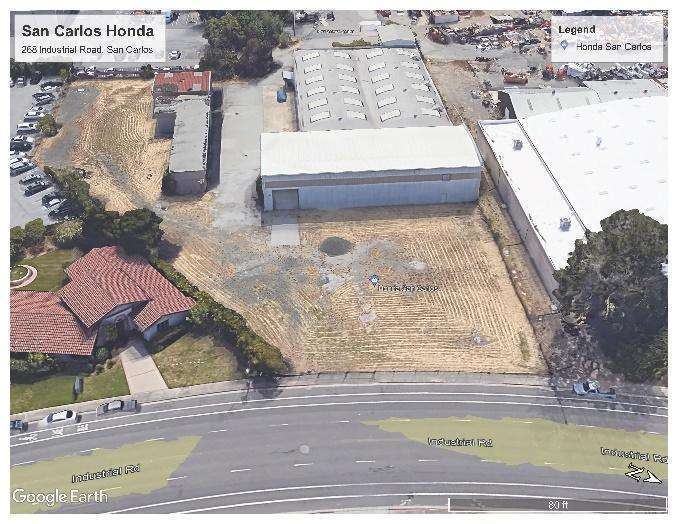Matt Kamkar is a Principal Engineer at Underwood & Rosenblum, a Civil Engineering and Land Surveying firm in San Jose, California. He received a master’s degree in Construction Engineering and Management from Stanford University and a Juris Doctor degree in law from Monterey College of Law. We spoke to him about storm water solutions for this article.
What is SWPPP?
A Storm Water Pollution Prevention Plan (SWPPP) is developed for certain size private construction projects to comply with State and Federal Clean Water Act regulations. The goal is to keep the pollution (like silt, sand or harmful chemicals) from leaving the site and spreading to neighboring lands. Techniques include infiltrating the flow into the land or treating the stormwater runoff generated via filters or bioretention areas.
How is California different from the Federal regulations?
State of California has more stringent regulations compared to Federal regulations. In California, Regional Water Quality Control Boards; California Department of Fish and Wildlife; California Coastal Commission and California Environmental Protection Agency are 3 of the larger state organizations that also regulate storm water in one way or another. The regulations get stricter as time goes along so every size property will become subject to it, when they are improved. Currently, if 5,000 square feet (sf) of impervious surface (roof or pavement) is added or replaced, the treatment regulation code (also known as C.3) gets triggered. This year, the State is proposing to lower that threshold to 2,500 sf.
When C.3 gets triggered, not only does stormwater runoff need to be treated during construction, but continued after construction too. To ensure the treatment facilities are maintained, sometimes a deed restriction is placed on title of the land! This is where the City, County or State steps in and preforms the maintenance if the landowner doesn’t and can place a lien on the property to get reimbursed.
Do you need a Special Certification to design the treatment facilities?
Yes. The State requires certification as a Qualified SWPPP Developer (QSD) to prepare the SWPPP and as a Qualified SWPPP Practitioner (QSP) to implement the different elements of the plan in the field. To get certified I had to be a licenced engineer,take a course, and had to pass a State administered test.
Why do you need a certification?
To be knowledgeable with the regulations and know how to prepare the plans and documents necessary for obtaining the required permits. Also to be able to explain it all to the clients and general public.
Challenges with Stormwater regulations.
Here in Bay Area, the land prices are at a premium. Anytime you have to give away part of it for setbacks, parking, stormwater treatment (or other non-income generating requirements), you have less land to use for your money-making activity. At U&R we put our creativity, engineering knowledge, and our experience to benefit the client within limits of the law.
Give us an example of a complex project and how U&R used creativity in the design:
One of the projects that comes to mind is the new car dealership, San Carlos Honda of the Putnam Dealership Group in San Carlos, California. This project was under severe time crunch to move the dealership to a new site less than a mile north of the old location.

Our survey crews swiftly surveyed the site and prepared the base map for our designers to strategize how to perform grading, drainage and stormwater treatment design for the site. We quickly realized that due to flatness of the site combined with high water table, a gravity flow only system would not work as a treatment strategy. We had to design pumps to raise the water level to enter the bioretention basin from the top. This quick realization, saved a lot of time for the project. We designed a spreader pipe to distribute the outflow from the pumps throughout the bioretention biotic soil media (BSM). This will activate all the BSM and not just part of it, resulting in cleaner treatment. The spreader pipe is shown in action below. The contractor did a great job of installation.
So, our creativity not only helps the environment, it makes the regulators happy and it looks beautiful in action which makes the client happy.


